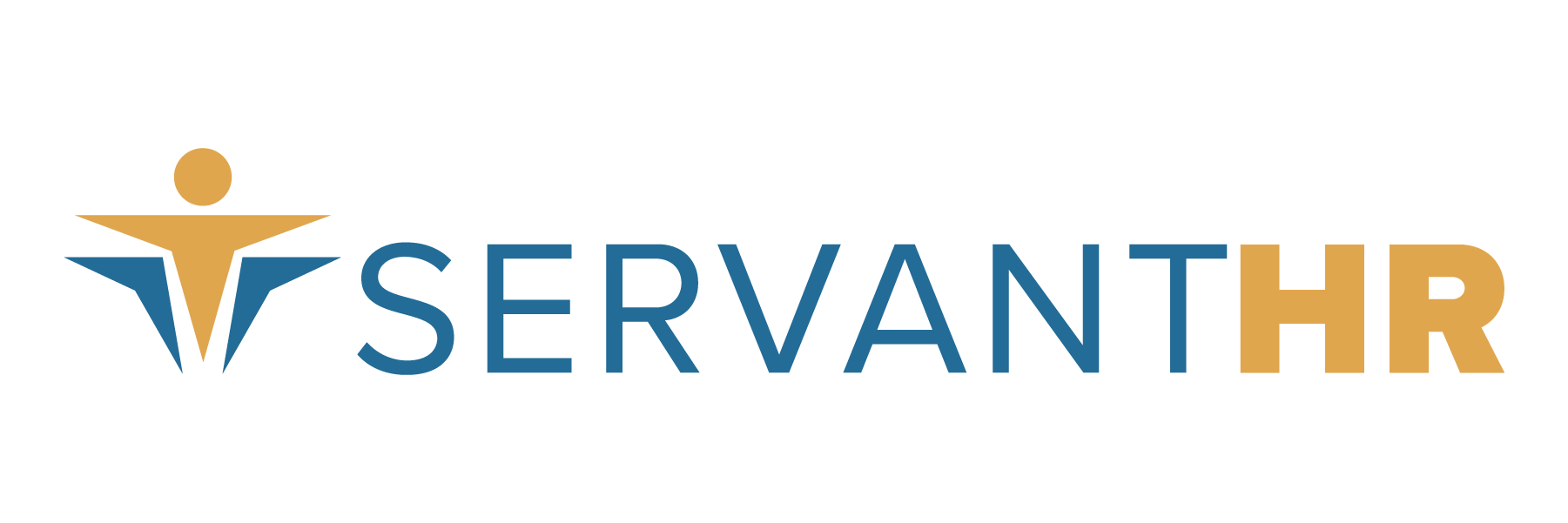By Jeff C. Leffew, Founder and President
Renewal can mean a fresh start, self improvement, even the coming of spring. But if you’re a business owner or involved in human resources, renewal can also mean double-digit rate increases, tough questions and unwelcome legal surprises. Before you get in too deep in the healthcare plan renewal process this quarter, here are answers to some questions to make it a more positive experience — or at least a more informed one.
Will my rates increase from last year?
Unless you have three wishes from a magic genie, the answer is yes. So many factors go into determining how much your healthcare plan will be. But the bottom line is there is always an increase if you stick with your plan, supplying the same benefits to your employees year after year. It is our job at Servant HR to stay on top of benefits-related trends, canvassing carrier communications, CPA firm data, law firm releases and government information. All roads point to higher rates.
How will healthcare reform affect my renewal?
The effects of the Affordable Care Act are ongoing and will continue to be felt by employees and employers as changes roll out over the next few years. Not until a group goes through a renewal will it see the impact of those changes. There are many things that health care reform has done and will do. Four key elements for business owners include the following:
1. Dependent children can now be on their parents’ plans up to age 26. This can be good for a young adult but costly for a business owner. Adding more people onto a plan means actuaries have to try to figure out potential added risk.
2. Insurance companies no longer can recognize any preexisting conditions for anyone up to age 19. That means they can’t deny or modify coverage. Eventually, this rule will be applied to everyone. It can be an emotionally charged issue from any point of view. Under this new rule, the underwriter has to take on all risk on anyone up to age 19. For example, if a 16-year-old girl had back surgery, any sort of ongoing repercussions such as therapies or additional surgeries aren’t directly factored in when an actuary is estimating the financial impact of insuring the girl. For the girl and her family, that can be a big relief. On the other hand, one result is that the actuary will factor in a cushion to help cover any potential risk not directly divulged by an individual. As you can see, that can lead to higher rates for all.
3. Preventative care is covered at no cost. Health screenings, vaccines and many other services are now part of a built-in mandatory cost. For folks who are taking responsibility for their own health, that’s a good thing. It’s also a win for employers who want their employees to be healthy — and working. One downside to this required cost is that many employees won’t take advantage of the benefits. They will miss annual checkups, skip tobacco cessation interventions and ignore medical recommendations. These people will affect healthcare costs because many of them will need care down the road for problems that could have been prevented.
4. There is no out-of-pocket maximum. Typically in the past, there was a limit on how much an individual could be required to pay out of pocket, usually a $2 million or $5 million lifetime cap. That cap is now gone. Lifetime dollar limits are now removed on essential health benefits so underwriters are estimating real risk with no limits.
In a nutshell, these new requirements and mandated coverage areas are causing premiums to increase because new coverage is required. During your renewal period, this will become more evident when you see your rate increases.
How do I stack up against other employers?
Across the United States and right here in Indiana, employer contributions to group health programs are decreasing. The poor state of the economy is the main culprit. Employers are required to pay at least 50 percent of the a plan’s employee-only portion or premium, but only the unhealthiest employees will sign up for a program in which 50 percent is paid.
Employers can decide how much beyond the 50 percent they want to contribute, but they are getting so squeezed that contributions are falling. Employees are also dealing with higher deductibles as well. All of this leads to decreased participation.
What does decreasing participation mean for me?
When employees don’t take advantage of health insurance, they are willing to risk it. They assume they will just figure out what they need to do when the time comes. It isn’t uncommon for young, healthy, single males to fall into this category. They think they are invincible. Others who don’t enroll in some sort of benefits program may consider it too expensive. As premiums go up, healthy people are willing to risk it. When a smaller group of people are paying in, premiums go up. It’s a bad cycle.
This sounds like a big headache. What is Servant HR doing to make sure I am making smart decisions during renewal season?
The previous Q-&-A covers the main factors employers will be hearing about increased rates from their insurance companies this fall. Here at Servant HR, we are in the throes of renewal season, and if you’re a client of ours, rest assured that we are doing our due diligence to be sure they are in the best possible position during renewal time.
For each of our clients, we are evaluating their current plans and recommending any needed changes. We are analyzing where and how our clients are spending their dollars to see if they are using them in an equitable manner based on the company’s goals and values. For example, if a client wants to be considered a cream-of-the-crop employer, it has to have a high-quality health plan and pay in a lot to help its employees.
We are looking at plan designs to see if they are consistent with market trends. In the current market, the traditional $500 deductible is no longer standard. Now we’re seeing deductibles of at least $1,000. So a company moving from $500 to $750 would still make them a premium employer. If you are more concerned with saving money, we may recommend that you put less emphasis on the plan and more emphasis on saving money for employees’ health down the road, a concept commonly referred to as “consumerism” for health care dollars.
Other possible recommendations include going with a higher deductible so premiums are lower. Or we might take you to market, essentially taking your information to other carriers to check out better rates. Servant HR considers every angle that could affect a business before recommending a company renew of change plans. Healthcare benefits are not one-sided coin. Clients are confused and frustrated when it comes to health care plans. Rest assured SHR is positioning them in the best possible position in light of what we do know about health care reform.
For more information on our process, please contact us. For further research, visit HealthCare.gov, Anthem’s health care reform site at MakingHealthcarereformwork.com or its employee-focused site at healthychat.com.






